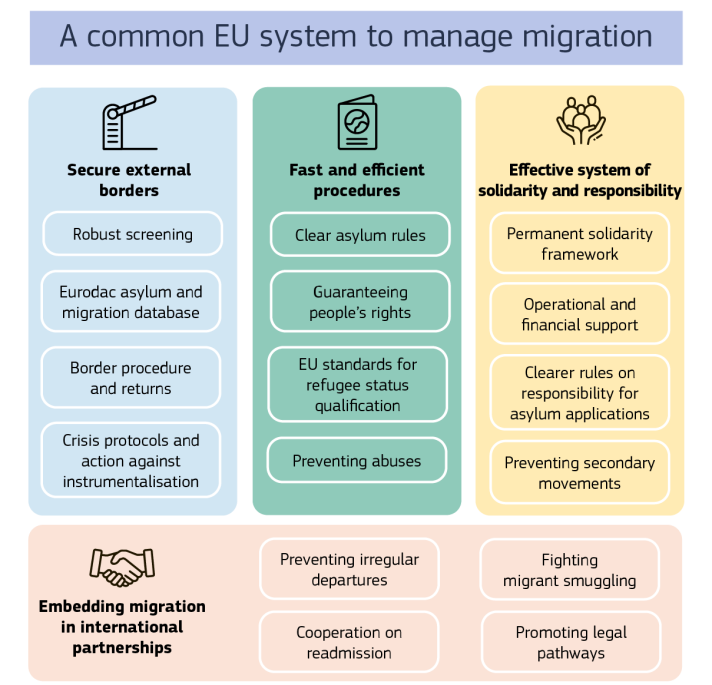
Hardening the Battle Against Migrant Smuggling: Perspectives on EU’s New “Minimum Rules”
Human Trafficking and Greater Penalties
As we traverse the closing days of 2024, Europe is gearing up to confront an intensifying challenge head-on. Human traffickers, remunerated by almost all illegal migrants seeking a path to Europe, are on the warning radar. With over 90% of such migrants funding their journey to Europe through smuggling networks, the EU is taking unprecedented steps to deter these activities. On the verge of imposing more stringent prosecution protocols and harsher punishments, the story of migrant smuggling is about to write a new chapter.
The EU’s Draft Agreement to Combat Migrant Smuggling
Setting the stage for pivotal ‘green light’ discussions at the ministerial level and among EU leaders later in December, is an approved draft text. This text is a consolidation of what the EU Council names as “minimum rules” – outlining the charted course to stymie migrant trafficking across all member states. Collectively, these actions underline a robust effort by European nations to control an issue that has spiraled since the 2015 migration crisis inception.
Eyeing the Lucrative, Low-Risk Business of Migrant Smuggling
The illicit business of migrant smuggling is estimated to rake in an annual turnover of between €4.7 billion and €6 billion worldwide, posing a low-risk, high-reward temptation for criminal networks. European Commission’s new directive, replacing its former one from 2002, is thus constructed to better address this evolving ‘market’.
The Five-pillar Offensive Strategy Against Migrant Smuggling
A strategy built upon five core principles aims to arm member states with an enhanced approach to dismantling smuggling networks. Here’s a breakdown of the strategic pillars:
Pillar One: Defining Offenses within the Human Smuggling Category
The first pillar presents a more explicit definition of crimes constituting human smuggling, including the “public instigation” to migrate to the EU unauthorized. This stipulation expands culpability to entities advertising migrant smuggling via digital tools or social media.
Pillar Two and Three: Standardizing Penalties and Jurisdictional Reach
The next two pillars seek to harmonize penalties, with a recommended prison sentence ranging from three to 15 years, based on the crime’s severity. They also broaden jurisdiction to include offenses committed on entities registered within member states’ territories.
Pillar Four and Five: Equipping National Law Enforcement and Data Sharing
The fourth pillar calls upon member states to furnish their national law enforcement with adequate resources to proactively prevent, investigate, and prosecute migrant smuggling. Meanwhile, the fifth pillar encourages the collection and sharing of statistical data among nations to strengthen Europe’s collective response.
The Upcoming Decisions
The EU’s justice and home affairs ministers are scheduled to convene on December 12th to approve the final legislation – a pivotal turn in Europe’s protocol against human smuggling.
Final Thoughts
This renewed commitment and stringent action against migrant smuggling reinforce the EU’s commitment to human rights and reflect its adaptability to the evolving nature of international crime. In the face of a growing market for human smuggling, the EU’s resolve marks a laudable stride in the path to justice and security within its borders.
Originally Post From https://europeanconservative.com/articles/news/eu-member-states-rubber-stamp-minimum-rules-against-migrant-smuggling/
Read more about this topic at
Hespress English
Europe and Arabs – Morocco thwarts 48,000 illegal immigration …


